Disclosure: This article contains affiliate links. We may earn a commission from purchases at no extra cost to you, which helps our travel content.
G'day, fellow photography enthusiasts! When my cloud architecture work brought me to Minnesota's North Shore for a smart city consultation, I expected servers and systems—not to be utterly gobsmacked by Duluth's breathtaking landscapes. As someone who's chased light across five continents, I can tell you this lakeside gem punches well above its weight class for photography opportunities. Lake Superior isn't just a lake; it's an inland sea with moods as changeable as Melbourne weather, creating a photographer's playground where technical skill meets raw natural beauty.
The Canal Park District: Where Harbor Meets Horizon
Canal Park serves as Duluth's front porch to Lake Superior and offers a perfect technical study in contrasts. Here, industrial maritime elements create compelling foreground interest against the vast expanse of the world's largest freshwater lake.
The iconic Aerial Lift Bridge dominates the harbor entrance, transforming from utilitarian structure to architectural marvel when photographed during golden hour. I found myself setting up my carbon fiber tripod at least an hour before sunset to secure prime position among other photographers. The bridge rises approximately 20 times daily during peak shipping season, creating dramatic opportunities to capture 1000-foot ore boats passing through the canal with perfect timing.
For night photography enthusiasts, the bridge illumination creates stunning reflections across the harbor waters. I recommend bringing a remote shutter release to eliminate camera shake during long exposures—absolutely essential when capturing the bridge lights reflecting on the water after dark.
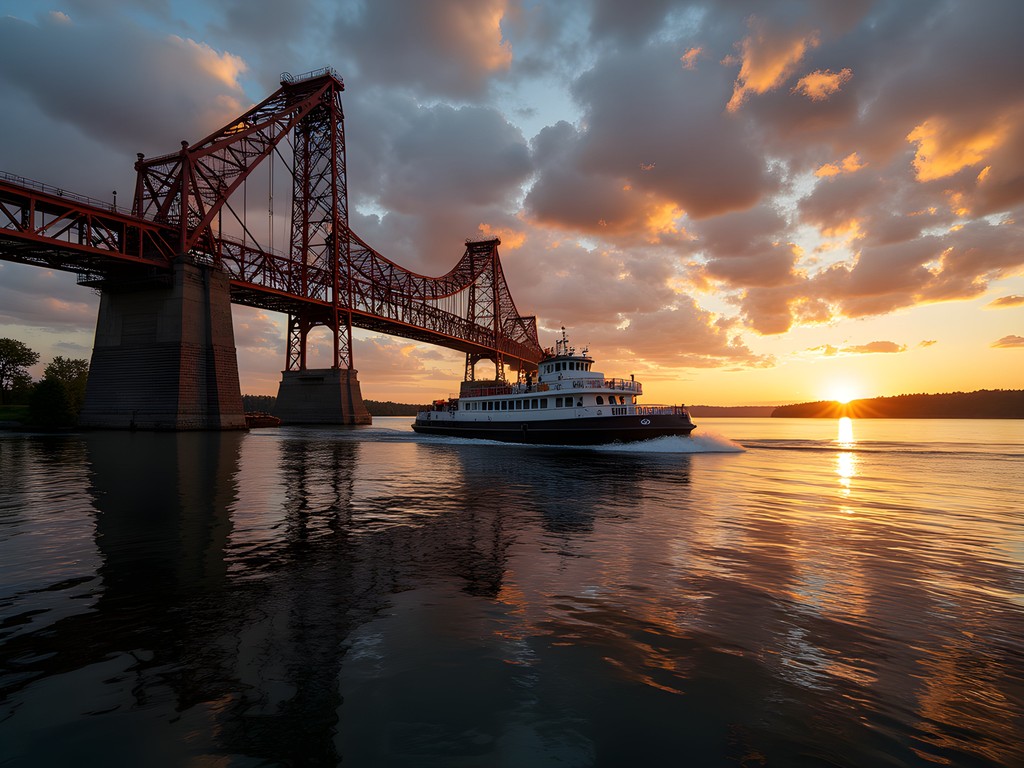
💡 Pro Tips
- Position yourself at the Marine Museum for head-on bridge shots with balanced composition
- Use graduated ND filters to balance exposure between bright sky and darker water
- Arrive 30 minutes before posted ship schedules for optimal positioning
Enger Park: Elevation and Perspective
When you're ready to move beyond the lakefront, make the winding drive up to Enger Park. At 531 feet above lake level, this vantage point provides the technical photographer with a comprehensive city-to-lake composition that's impossible to achieve elsewhere.
The Japanese Peace Garden and iconic Enger Tower create midground focal points against the sweeping panorama of harbor, city, and the infinite blue horizon of Lake Superior. For the technically-minded photographer, this location presents fascinating challenges in depth of field and composition.
I spent three consecutive mornings here capturing the harbor fog as it rolled in and dissipated with the rising sun. My weather station helped me predict optimal conditions—when temperatures drop overnight and morning air warms rapidly, you're likely to witness the harbor disappearing under mystical fog banks that make for ethereal imagery.
Climb the stone steps of Enger Tower for an additional elevation boost. The 360-degree views allow for compositions ranging from tight telephoto shots of distant ore docks to wide-angle panoramas encompassing the entire Twin Ports region.

💡 Pro Tips
- Arrive 45 minutes before sunrise for the best chance of capturing harbor fog
- Bring a polarizing filter to manage reflections and enhance sky contrast
- Use focus stacking techniques to maintain sharpness from foreground flowers to distant horizon
Park Point: The World's Longest Freshwater Sandbar
For landscape photographers seeking minimalist compositions, Park Point offers seven miles of sandy beach that feels more oceanic than lacustrine. This natural sandbar stretches into Lake Superior like a delicate finger, creating unique opportunities to capture the interplay of water, sky, and distant horizons.
The technical challenge here lies in managing the extreme brightness range when shooting across open water. I relied heavily on my lens filters to tame the midday glare while capturing the hypnotic patterns of waves lapping against the shore.
Don't miss the small maritime forest midway down Park Point, where twisted pines create sculptural forms against the sky. These wind-shaped trees tell the visual story of Lake Superior's powerful gales and provide compelling foreground elements for your compositions.
For those willing to hike to the far end, the Wisconsin Point Lighthouse creates a classic maritime focal point. I recommend wearing water shoes as the shoreline exploration often requires wading through shallow water to find the perfect shooting angle. The effort pays off with pristine compositions unmarred by crowds—I spent an entire afternoon here and encountered only three other photographers.
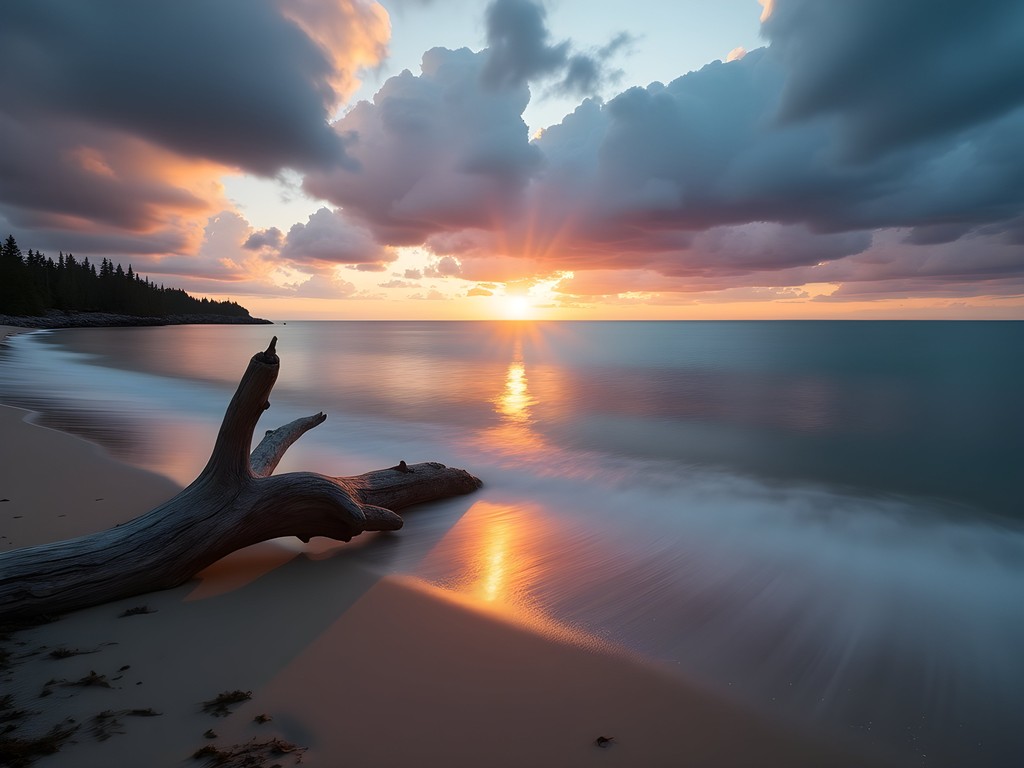
💡 Pro Tips
- Use long exposures (30+ seconds) to create silky water effects that contrast with textured sand
- Shoot during blue hour for balanced exposures between sky and water
- Pack insect repellent—the shoreline mosquitoes are particularly enthusiastic at dusk
The North Shore Scenic Drive: Beyond City Limits
While technically outside Duluth proper, no photography expedition would be complete without venturing at least a few miles up the legendary North Shore Scenic Drive (Highway 61). This coastal route hugs Lake Superior's wild shoreline, offering a dramatic progression of photographic opportunities that contrast beautifully with Duluth's more urban compositions.
Just 20 minutes from downtown, you'll find Brighton Beach (Kitchi Gammi Park), where smooth pink rhyolite rock formations create geometric foreground elements against the vastness of the lake. The technical photographer will appreciate how these rocks catch morning light, their mineral composition creating subtle color variations that complement the blues of sky and water.
Pushing slightly further to Split Rock Lighthouse State Park (about 45 minutes from Duluth), you'll discover Minnesota's most photographed landmark perched dramatically on a 130-foot cliff. Having documented smart city implementations across three continents, I'm rarely impressed by built environments, but the engineering achievement of this 1910 lighthouse against such a wild backdrop genuinely moved me.
For serious landscape work along the shore, I found my hiking boots essential for navigating the uneven shoreline terrain safely while carrying gear. The shore's volcanic rock can be treacherously slippery when wet, so proper footwear is non-negotiable if you want those shoreline perspectives.

💡 Pro Tips
- Photograph Split Rock Lighthouse from Ellingson Island for the classic postcard composition
- Use focus bracketing when shooting lighthouse scenes to maintain sharpness from foreground rocks to distant structures
- Keep lens cloths handy—lake spray is constant and can quickly compromise image quality
Technical Considerations: Lake Superior's Unique Light
Having photographed coastlines from New Zealand to Portugal, I can confidently say Lake Superior presents unique technical challenges worth understanding before your visit.
First, the lake creates its own weather systems. What begins as a clear morning can transform into dramatic storm light within an hour. Rather than viewing this as an inconvenience, embrace it as an opportunity for atmospheric imagery. I always pack my rain cover even on seemingly perfect days.
Second, the lake's vast size creates an unusual quality of reflected light. The water surface acts as a massive reflector, bouncing light back onto subjects in ways that can confuse your camera's metering. I typically underexpose by 1/3 to 2/3 stops when shooting lakeside scenes to compensate.
Finally, Duluth's northern latitude (46.7°N) means extended golden hours during summer months. In July, expect magical light from 8:30-10:00 PM, with civil twilight extending well past 10:30. This extended shooting window is a gift, but requires stamina—I found my insulated water bottle essential for maintaining energy through these marathon sunset sessions that can stretch past 11 PM.
The lake's immensity creates atmospheric perspective that's typically associated with mountainous regions. Layers of progressively lighter blue create natural depth in your images, particularly when shooting from elevated positions like Enger Tower or Hawk Ridge.

💡 Pro Tips
- Use the PhotoPills app to predict exactly where the sun will set relative to landmarks like the Aerial Lift Bridge
- Expect 10-15°F temperature drops near the shoreline compared to downtown—dress accordingly
- Carry microfiber cloths for constant lens cleaning—lake spray and summer humidity create persistent condensation issues
Final Thoughts
After spending countless dawns and dusks along Lake Superior's shores, I've come to understand why they call it Gitche Gumee—'the shining big sea water.' This isn't just a lake; it's a chameleon canvas that rewards the patient, technical photographer with imagery that rivals coastal destinations worldwide.
What struck me most was how my background in systems architecture provided unexpected insight into Duluth's photographic potential. Just as cloud systems require understanding interconnected elements, capturing this landscape demands recognition of how light, water, industry and geology create a complex visual ecosystem.
Whether you're a seasoned landscape photographer or someone looking to elevate your travel photography, Duluth offers accessible yet challenging compositions that will push your technical skills while filling your portfolio with distinctive imagery. The city's combination of industrial heritage against natural grandeur creates visual stories you simply won't find elsewhere.
When you visit, remember that Lake Superior operates on her own schedule. Some of my most compelling images came after waiting out conditions other photographers abandoned. Patience here isn't just a virtue—it's the price of admission for truly exceptional shots. See you on the shore!
✨ Key Takeaways
- Duluth offers exceptional photographic diversity within a compact geographic area
- Early morning fog conditions create ethereal harbor scenes worth the pre-dawn alarm
- The lake's northern latitude provides extended golden hour shooting in summer months
- Weather changes rapidly—embrace atmospheric conditions rather than fighting them
📋 Practical Information
Best Time to Visit
June through September, with July offering optimal light conditions
Budget Estimate
$150-250/day including mid-range accommodation, car rental and meals
Recommended Duration
Long weekend (3-4 days) minimum to capture varied conditions
Difficulty Level
Moderate (Requires Some Hiking On Uneven Terrain For Best Vantage Points)

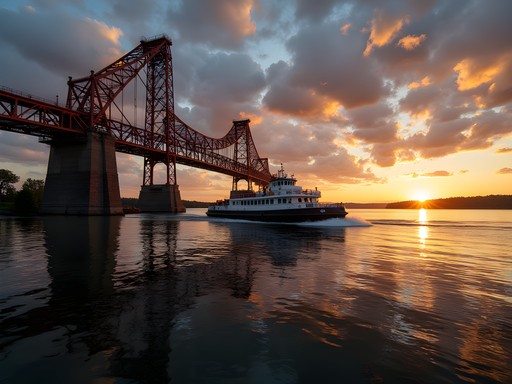
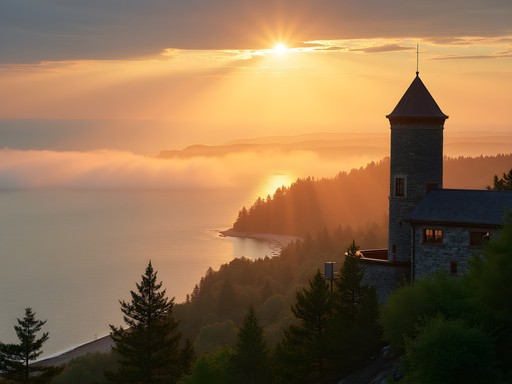
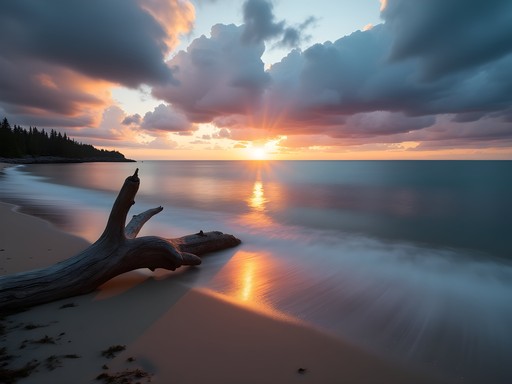




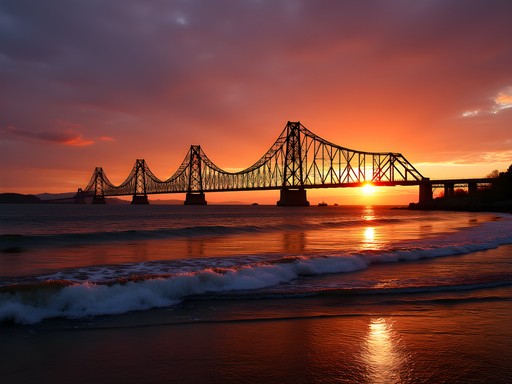
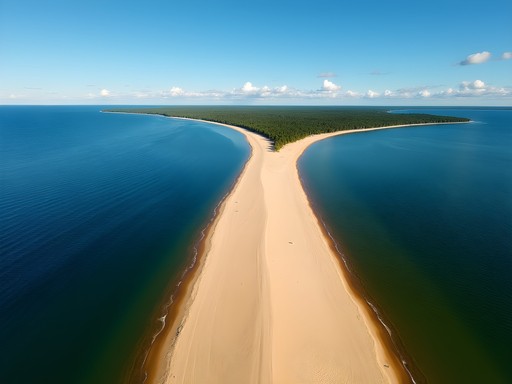
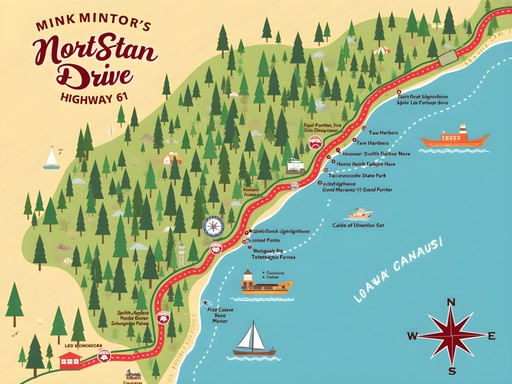





Comments
Douglas Bradley
Gabriella, your post beautifully captures what makes Duluth such a photographic treasure. Having documented the North Shore extensively for my Canadian travel series, I'd add that timing is everything when shooting Lake Superior. The phenomenon locals call 'the lake effect' creates dramatic atmospheric conditions that transform familiar landscapes into something entirely new. For those heading to Enger Park, I'd recommend arriving 45 minutes before official sunrise - the blue hour light on the harbor is spectacular from that elevation. And don't overlook Brighton Beach just northeast of the city limits. The smooth stone formations create fantastic leading lines, especially with my wide angle lens which has been invaluable for capturing the expansive shoreline while maintaining detail in both sky and water. One question: did you explore any of the frozen waterfalls along the North Shore during winter? They offer incredible ice formation photography opportunities.
phototime
Great post! Planning a weekend trip there next month. Is Enger Tower accessible in winter? Worried about icy conditions.
Douglas Bradley
I was there last December - Enger Tower remains open but can definitely get icy. The city does a decent job of maintaining the main path, but I'd recommend bringing microspikes for your boots just to be safe. The views with snow are absolutely worth it!
phototime
Thanks for the tip! Will definitely pack those.
backpackseeker
Just got back from Duluth last week and this post would have been SO helpful! Still managed to catch an amazing sunset at Canal Park though. That lighthouse against the orange sky was magical. I found Park Point to be super underrated - went there on a whim and ended up spending half a day just walking the beach and taking photos. The sand dunes give you so many interesting foreground elements. Did anyone else notice how the light changes so dramatically throughout the day on Lake Superior? It's like the water has different personalities!
phototime
Totally agree about Park Point! Incredible spot for sunrise shots too if you're an early riser.
backpackseeker
Wish I'd known about the sunrise potential! Definitely going back in summer to try that.
Venture X
Premium card with 2X miles, $300 travel credit, Priority Pass